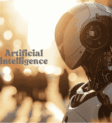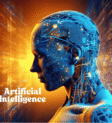Hello people! How does information technology fuel the rise of artificial intelligence? In a short time, artificial intelligence (AI) has changed healthcare and finance, as machines are now doing things that copy human thinking. But AI’s game-changing abilities all stem from the solid platform given by information technology (IT). AI depends on technology infrastructure for its mathematical needs, information processing, software building, and ethical actions.
No AI success would be possible without reliable hardware, cloud services, and secure processes coordinated by IT. The article discusses how different aspects of IT help AI, touching on infrastructure, data, frameworks, deployment, ethics, and the future of their collaboration. Understanding IT’s support for AI helps us see what makes modern innovation possible.
Let’s dive in!
AI Infrastructure Dependence

Especially for those using machine learning (ML) or deep learning, AI systems rely heavily on big computing resources. The use of AI depends on having IT hardware, networking equipment, and cloud systems in place.
High-Performance Computing (HPC)
HPC is the term for using computer systems to handle large and complicated workloads quickly and efficiently. It takes a lot of computing power to train and use large language models and convolutional neural networks. To provide this, IT uses advanced hardware such as generic CPUs and GPUs, along with Google’s TPUs. The work of companies such as NVIDIA helps create GPUs that are ideal for complex AI model simulations.
Specialists in information technology manage and set up these systems, maximizing their performance, how cool they are kept, and their energy usage. To train GPT effectively, thousands of GPU hours are needed and IT support prepares the system with these resources.
Cloud Computing
Organizations of every size can start using AI today because of services like AWS, Azure, and Google Cloud. Cloud environments are configured by IT teams to support AI projects, making more resources available at any time without the cost of buying on-premises devices. AWS SageMaker and Azure Machine Learning are AI services available on cloud platforms that IT includes in the company’s workflow.
Thanks to distributed computing through IT, AI work can be handled by many servers at once which cuts down on training time and lets applications such as autonomous vehicles operate in real-time.
Edge Computing and Connectivity
Allowing data to be transferred with very low latency is important for AI applications, particularly those used in applications such as driving cars and virtual assistants. Thanks to IT, high-speed internet and 5G networks provide a secure and effective network infrastructure for all this. With IT managing edge computing, AI now works near the data sources which reduces time and the amount of information being shared across the network.
For example, smart factories rely on IT setting up edge servers to oversee real-time data quality using AI models, promoting smooth data transfer from various devices to main systems.
AI Data Management
AI needs lots of data which IT helps to gather, maintain, process, and secure.
Data Acquisition and Storage
Training AI models requires both a lot of data and many types of it. With IT systems, it’s possible to gather information from IoT devices, social media, and enterprise databases. Teams in IT build storage solutions such as AWS S3 and Snowflake, to provide order to their structured and unstructured data. Apache Hadoop and Spark, supported by IT, take care of big data so that AI models get organized data to work with.
Data Handling for Training
Before I can make use of raw data, it must often be cleaned and organized because the data is normally untidy, incomplete, or incoherent. Apache Airflow and Pandas Python packages are used by IT to create automatic data pipelines. The data pipelines cleanse, standardize, and modify data so it is ready for training the model. It also unites pieces of data from different sources so that AI can work with various types of data.
Data Safety and Control
A lot of times, AI handles important data including medical files or financial details. It achieves data security by relying on encryption, limits access to information, and encounters GDPR, CCPA, and HIPAA regulations. Data pipelines that are securely managed by IT keep data safe and intact. It also makes use of governance procedures to monitor the history of data used in AI and ensure those AI technologies are used ethically.
Software Frameworks and Tools
It gives us the tools we need to build, apply, and fit AI into our work.
AI Frameworks and Libraries
Models are built with TensorFlow, PyTorch, and Scikit-learn To guarantee the best performance, IT teams set up and keep these frameworks current for both GPU clusters and cloud environments. They deal with dependencies and solve issues related to software compatibility so data scientists can concentrate on building their models. So, IT configures TensorFlow so the GPUs are used which can cut down training time significantly.
MLOps and Automation
By using DevOps methods in machine learning, MLOps helps to simplify both the development and deployment of AI. It assists with MLOps by setting up automated tasks, taking care of version control using Git, and establishing CI/CD pipelines. Thanks to IT, Kubernetes and Docker tools support building and operating AI models at any scale. It also adds monitoring, allowing IT to monitor model results and notice when data drifts.
APIs and the Use of Systems
A lot of the time, AI models need to be combined with software and apps already used in businesses. The connection between AI and platforms like CRM systems or ecommerce websites is made possible by APIs provided by IT. For example, retailers who use IT can offer personalized product suggestions to their users by helping the store use an AI recommendation engine.
Expanding AI Access
A major benefit of using AI in business is the need to support the implementation with a strong IT infrastructure.
Model Deployment
IT professionals ensure that AI models are transferred from development to actual use in cloud, edge, or hybrid systems. To improve performance and reliability, they organize deployment so there is little lag and a high chance your system will remain accessible. An example is using AI to detect fraud in banking which calls for IT to build quick servers and match up the AI model with the bank’s transaction system.
Scalability
AI systems need to be able to handle more users or more data as things progress. Auto-scaling in the cloud, load balancers, and tools such as Kubernetes are among the methods IT uses to support this. A chatbot with AI, running for thousands of users, depends on IT to divide the work among various servers so that service remains continuous.
Care for the Home
After being used in the field, AI models must be closely watched to preserve their results. To keep an eye on the accuracy, latency, and usage of system resources, IT sets up Prometheus or Grafana tools. Managing model updates is part of IT’s job, so they retrain models when new data is added to preserve their efficiency. To give an example, the retail demand forecasting AI model is periodically improved by IT to include seasonal trends.
Ethics in Technology

As more companies begin to use AI, attention to issues such as bias, transparency, and accountability has become very important. Both AI and IT work together to see that AI is built and used with proper care.
Mitigating Bias
When AI is trained using biased data, it may produce results that are not fair. Data governance rules with different and representative samples are supported by IT to foster ethical AI. Team members from IT and data science use tools, including Fairlearn and AI Fairness 360, to examine models so they can address biases.
Information Transparency
It is often challenging to figure out how deep learning models work and what meaning they hold. Using SHAPE and LIME allows IT to gain insight into how a model has made its decisions. As a result, people and organizations using healthcare diagnostics can trust the tools and the information they provide.
Ensuring Compliance
To ensure legal and ethical standards are followed, IT puts audit trails, logging processes, and compliance audits in place. In healthcare, IT guarantees that AI models protect private patient info and create thorough records of their use. The traceability of AI actions is made possible because of IT support.
Smart Tech, Daily Life
AI and IT working together have brought about important changes in many industries.
Healthcare
AI supports finding diagnoses, creating new treatments, and customizing medical treatment. It enables the use of these applications by safely storing patient data, giving strong computing for medical images, and linking with records stored in EHR systems. Thanks to IT, AI software can check X-rays for early indications of diseases, all while keeping data private.
Finance
In finance, AI supports the detection of fraud, decision-making using algorithms, and judging credit risks. It stores financial logs, helps trade algorithms run instantly, and connects AI models to the banking environment. As an example, AI technologies in IT can spot suspicious transactions instantly which keeps both customers and the institutions protected.
Retail
AI is responsible for recommendations, adjusting inventory, and automatic chatbots serving in retail. It looks after the shopping sites, makes sure the cloud infrastructure keeps up, and safeguards private information. As an illustration, IT introduces AI recommendation engines in online stores which improves how users shop and also increases the company’s sales.
Manufacturing
AI is used to enhance supply chains, forecast device problems, and increase the quality of manufacturing. Users of IoT technology depend on IT to provide data collection infrastructure, rapid data analysis, and safe networks for transferring data. Because of IT, AI can notify when maintenance is needed, resulting in shorter machine breakdowns and less expense.
Transportation
AI technology supports the use of autonomous vehicles and improves traffic throughout transportation. To support such applications, IT provides edge server setup for fast processing, assists with low-delay 5G networks, and guarantees security over vehicle information. IT technology helps AI systems inside self-driving cars handle sensor data properly for safer driving.
AI Support Challenges
Although IT is essential, it does encounter problems that stop AI’s growth. Since AI models become more complex, IT departments now need to come up with new solutions based on both quantum computing and neuromorphic computing. Because of privacy issues, better security measures such as advanced encryption and using federated learning, are needed by IT departments. Using electricity to train giant AI models is a separate problem since it takes a lot of power.
It is adopting such measures as efficient hardware and efficient algorithms to address this problem.Another issue is that AI systems need to connect with many different older systems. It fixes this by building standard APIs and middleware. A final challenge is that enough skilled IT workers with AI experience are lacking, so more resources have to be put into training them.
The Future of IT and AI
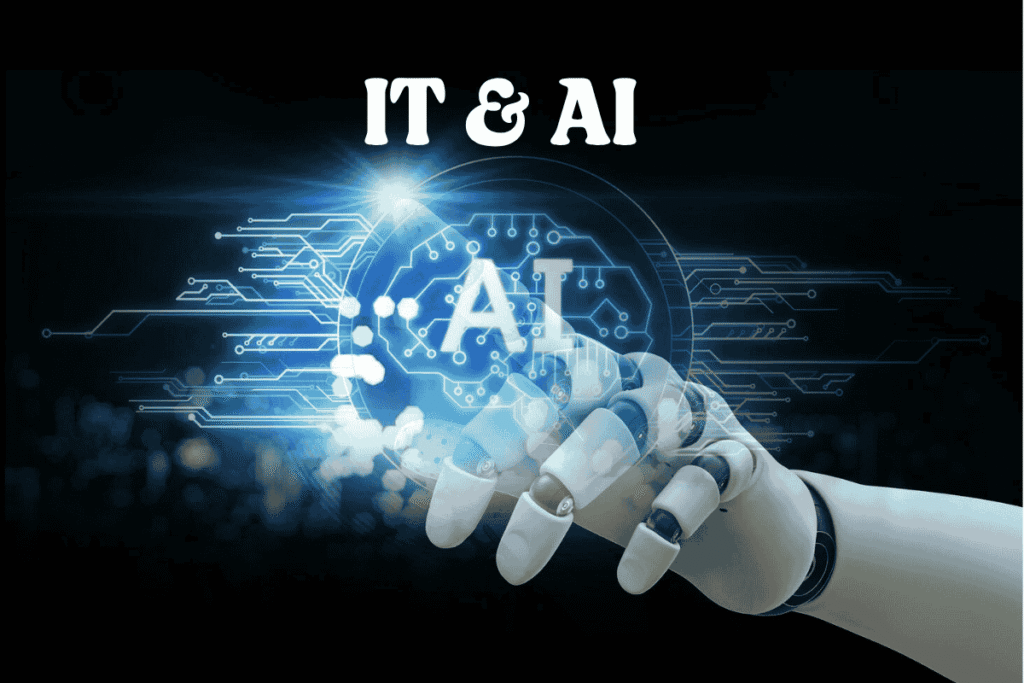
Technology and artificial intelligence are becoming more connected as a result of some exciting new trends. Though juvenile, quantum computing is advancing AI by easily dealing with hard problems traditional computers take too long to solve. It is set to play a major part in bringing quantum infrastructure to reality. Federated learning depends on IT technology to ensure the safe and efficient transmission of data across several devices.
When infrastructure is transformed, it will help more people access AI through the cloud and open-source technologies. Low-code platforms and AutoML will make it possible for IT professionals to help people new to AI build solutions. The group will also aid in making AI sustainable by boosting energy-saving methods and investigating zero-carbon data facilities.
Conclusion
Artificial intelligence is built on information technology which supplies the infrastructure, tools, and frameworks required for its success. AI’s entire cycle—build, train, test, and put into use—is supported by IT in areas like computing, platforms, data organization, and ethics. AI’s progress will continue to rely heavily on IT which helps drive innovation and securely utilize AI’s abilities.
It is more than IT and AI teaming up; they are also helping to create a future where smart systems change industries and benefit people. How will IT continue to empower artificial intelligence advancements?
FAQS
- How do IT systems support the computational needs of AI projects?
Both cloud computing and fast GPUs for AI are included in today’s IT resources.
- What are the contributions of IT to AI data management?
It is responsible for obtaining, saving, and preprocessing data that AI needs.
- What does IT offer to make AI models ready for deployment and scalable?
Using IT, AI is set up on servers and cloud to make it both scalable and reliable.
4 . Why should AI data security rely on strong IT systems?
AI-sensitive data is encrypted and made compliant thanks to IT efforts.
- How does information technology handle ethics when developing AI?
The development of governance and explainability tools for ethical AI is a focus of IT.
